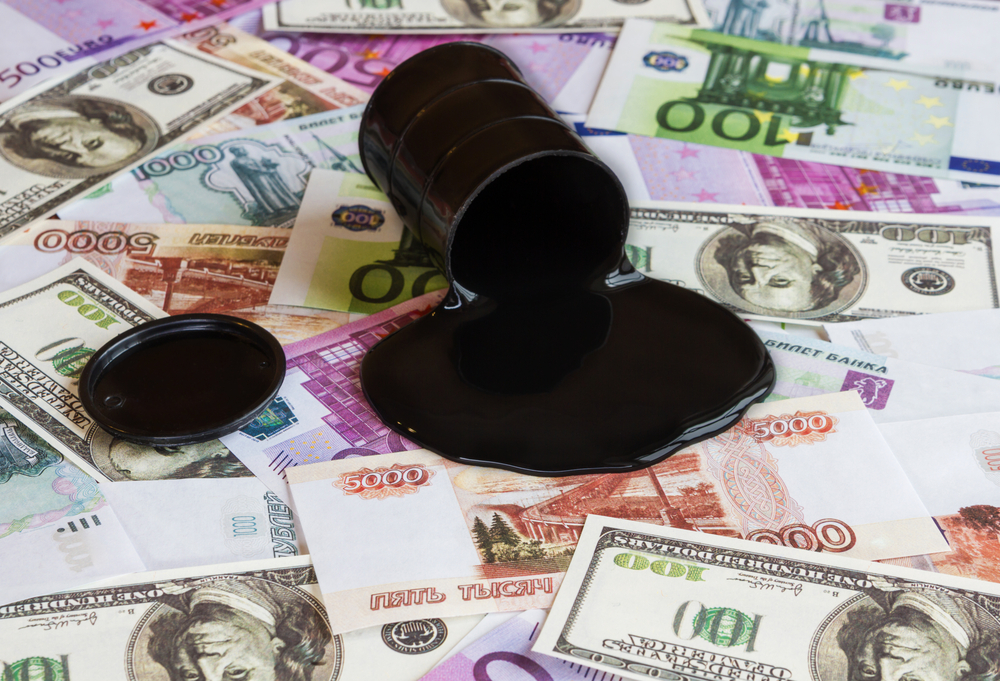OPEC+ Induced Volatility
Energy
OPEC+ uncertainty has brought volatility to the oil market, with ICE Brent falling by more than 3% yesterday, and trading back below US$75/bbl. The market appears to have come to the realization that if OPEC+ are unable to come to an agreement, it’s likely that output from the group will edge higher, and we would likely see the breakdown of the broader deal. It is unrealistic to think that failing to agree on output levels from August onwards would mean that output remains unchanged, particularly when you consider that the reason there is a disagreement is that the UAE wants to increase its baseline if the deal is extended beyond April 2022, so basically they want to increase output. There is still likely to be plenty of noise around what OPEC+ may do in the coming weeks, and so that means volatility is likely to remain. If you missed our more detailed note on the OPEC+ fallout, you can find it here.

Following the failed talks between OPEC+ members, the Saudis have increased their official selling price for all their crude grades to all regions for August. Aramco's flagship grade, Arab Light saw its OSP into Asia increased by US$0.80/bbl to US$2.70/bbl, which is the highest level since March last year. The increase will not be great news for refiners, which already have to deal with weak refinery margins.
Metals
Traders have been filtering the noise from mixed macro data from both sides of the Pacific and are searching for more signals. The dust has mostly settled in terms of China's first batch of state reserves sales for copper, aluminium and zinc, which took place over the last two days. Base metal prices were able to trade higher during the London morning session yesterday, however copper then led the sell-off in the afternoon, following US service data and a strengthening USD. This left copper trading in a wide range of between US$ 9,290.5/t - 9,632.5/t during the day (LME 3M contract).
Lead was the only base metal that stood out and managed to close with moderate gains. Despite the demand destruction narrative rooted in its longer-term fundamentals, short term inventory dynamics with large outflows from LME sheds are giving prices some support to weather the macro headwinds that its peers are suffering. LME reportable lead stocks have fallen from their recent peak in mid-March of 124kt to just above 72kt this week (mainly out of European warehouses). The nearby spreads often spike into steep backwardation with frontend bears risking a squeeze. Year-to-date, lead has outperformed its geological sister zinc in the LME market (YTD lead +14.7%; zinc +6%), and lead's discount to zinc has narrowed to the lowest since early February. Conversely, lead stocks have been rising in the China onshore market, failing to provide evidence of a seasonal peak in demand. The spread between lead and zinc has remained steady, and the two metals have been running almost head to head so far this year in the Shanghai market.
Turning to mine supply, in Peru, base metals production rose significantly in May, a reflection of operations recovering from Covid-related disruptions. Copper output totalled 196kt in May, up 53% YoY, while output was also up 13% MoM . Meanwhile, Ivanhoe Mines reported that the 3.8mt per year concentrator plant built as part of Phase 1 of the Kamoa-Kakula project is now fully operational. The plant also delivered its first truckload of copper concentrate to a local smelter on 1st June and is continuing its daily deliveries as well. Ivanhoe’s production guidance for contained copper in concentrate at Kamoa-Kakula for the balance of this year is between 80-95kt.
Agriculture
China National Grains and Oils Information Center (CNOIC) has reduced its corn demand estimates in China by around 3mt for 2020/21 due to higher prices of corn and increased consumption of substitutes for animal feed. Weakness in pork prices has weighed on breeding margins which have prompted farmers to switch to cheaper alternatives. CNOIC now estimates corn demand to fall around 5% YoY to 278mt for 2020/21. For next year, the Center estimates corn demand to increase to around 286mt, which is down from its previous estimate of around 291mt, and this is due to subdued animal feed demand.
The European Commission’s latest short term agriculture outlook shows that soft wheat production in the EU could increase by around 7.3% YoY to 126.8mt in 2021/22 on higher acreage and improved yields. Higher wheat production could see wheat inventories rising to around 10.1mt by the end of 2021/22 compared to 8.8mt at the end of 2020/21. The Commission also expects sugar production in the EU to increase by around 6.9% YoY to 15.5mt on higher acreage. Domestic consumption is expected to be flat at around 16.2mt, which leaves the market with a deficit of around 0.7mt for the year. EU’s sugar imports are estimated to remain strong in 2021/22 at 1.9mt (net imports of around 1mt).
Disclaimer: This publication has been prepared by the Economic and Financial Analysis Division of ING Bank N.V. (“ING”) solely for information purposes without regard to any ...
more


